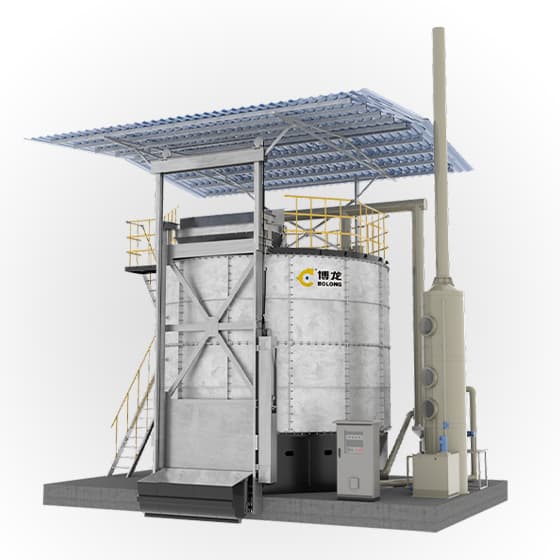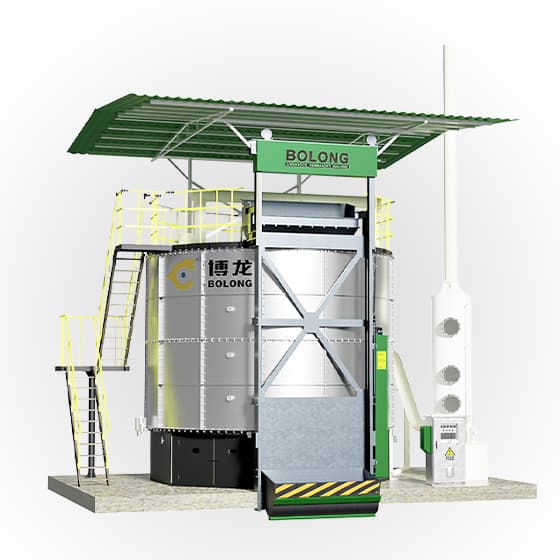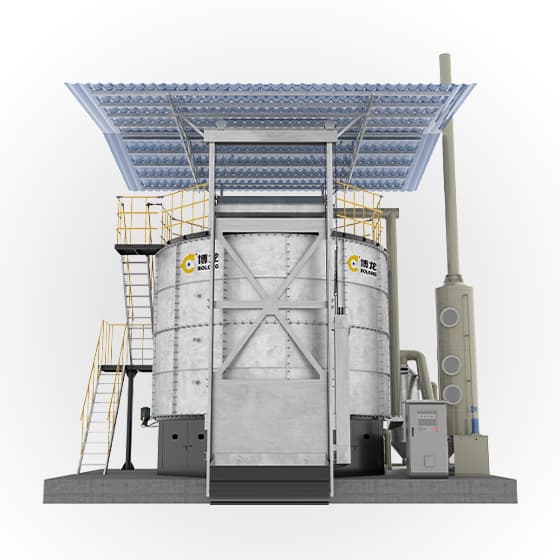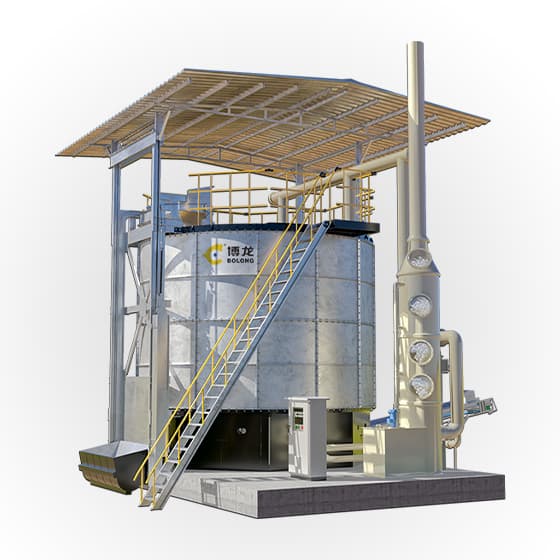ORGANIS FA TSHEET WINDROW COMPOSTING - PacWastePlus
A windrow composting facility is an organics management solution most suited to a situation where: • Medium quantities of organic material (more than 1 tonne or 20 wheelbarrows/day) are available and is currently being disposed, burnt, or otherwise discarded
From waste to wealth: exploring modern composting innovations
2023/11/11/ · The concept of recycling organic matter and waste nutrients back to agricultural land through the process of composting adheres to the basic principle of the circular economy. The studies on composting systems have laid a solid foundation for biodegradable solid waste management, and there are still significant gaps that require attention in future research.
low-maintenance compost system factory for sustainable agriculture
low-maintenance compost system factory for sustainable agriculture ROLE OF VERMICOMPOST IN SUSTAINABLE AGRICULTURE - AREVIEW composting of organicwastesis remarkably
COMPOSTING: AN ECO-FRIENDLY SOLUTION FOR ORGANIC WASTE
2023/7/5/ · Composting is the process of converting organic waste into a nutrient-rich soil amendment. It is an eco-friendly and sustainable way to manage organic waste and it can have a
Zero waste management of spent mushroom compost
2021/5/21/ · Edible mushroom are grown commercially using lignocellulosic waste by applying a biological process. However after the harvesting season about 70% of the substrate remain as a spent mushroom compost (SMC). SMC can be the source for retrieving value-added products which support zero waste approach. In this paper, the fate of SMC from agricultural
Composting municipal solid waste and animal manure in
2024/2/20/ · The dynamic price increases of fertilizers and the generation of organic waste are currently global issues. The growth of the population has led to increased production of solid municipal waste and a higher demand for food. Food production is inherently related to agriculture and, to achieve higher yields, it is necessary to replenish the soil with essential minerals.
Life cycle assessment of biowaste and green waste composting systems
2023/11/1/ · Life cycle assessment (LCA) is considered a holistic approach that covers the life cycle of a product or process from the cradle to the grave. This technique has been extensively used at different stages of waste treatment technologies (Yadav and Samadder, 2018a) to identify and evaluate environmental impacts such as global warming, acidification, ecotoxicity, and
How to compost at home: Rich soil for gardening - CNN
Co-composting: An Opportunity to Produce Compost with Designated Tailor
2020/11/24/ · Co-composting is a technique that allows the aerobic degradation of organic waste mixtures, primarily aiming at obtaining compost that can be used as fertiliser or soil amendment. As compared to the typical composting activity, the
Zero Waste: A Sustainable Approach for Waste Management
2020/1/1/ · PDF | Zero waste management means the holistic concept of waste management which recognizes waste as a resource produced during the interim phase of the | Find, read ...
Innovations in design and operation of aeration devices for composting
2023/1/1/ · Types of waste Mode Size Duration highlight References Beef manure Conically-shaped piles 2.8 m diameter × 1.5 m height 28 d Amend straw increased aeration, reduced 75% oxytetracycline, 90% chlortetracycline/epimer 4-epi-chlortetracycline and 90% iso
Sustainable biowaste recycling toward zero waste approaches
2022/1/1/ · Waste Sawdust, rice husk, pig manure Reactor composting, static composting, windrow composting Considering the improved treatment efficiency and the environmental benefits, reactor composting may have more potential in the development of sustainable [14]
(PDF) Composting cattle manure from zero grazing system with
2006/1/1/ · Composting cattle manure from zero grazing system with agro-organic wastes to minimise nitrogen losses in smallholder farms in kenya January 2006 Tropical and Subtropical Agroecosystems 6(2):57-64
Co-composting of food waste and swine manure augmenting
Co-composting of food waste and swine manure augmenting biochar and salts: Nutrient dynamics, gaseous emissions and microbial activity Balasubramani Ravindran a, b, * , Mukesh Kumar Awasthi c
Home Composting for Zero Waste - Mass.gov
Compost System • Desirable: –Enclosed (if composting food waste) –Rodent-proof (metal, secure cover and floor and openings less than ½”) (if rodents are in the area) –Volume -1 cubic yard = 27 cu. ft. = 3’x3’x3’ = optimal size for efficient, hot –Built-in
-

For fermentation of animal manure into organic fertilizer
Manure Fertilizer Fermentation Tank -11FFG-280 -

For fermentation of animal manure into organic fertilizer
Manure Fertilizer Fermentation Tank -11FFG-160 -

For fermentation of animal manure into organic fertilizer
Manure Fertilizer Fermentation Tank -11FFG-90 -

For fermentation of animal manure into organic fertilizer
Manure Fertilizer Fermentation Tank -11FFG-102